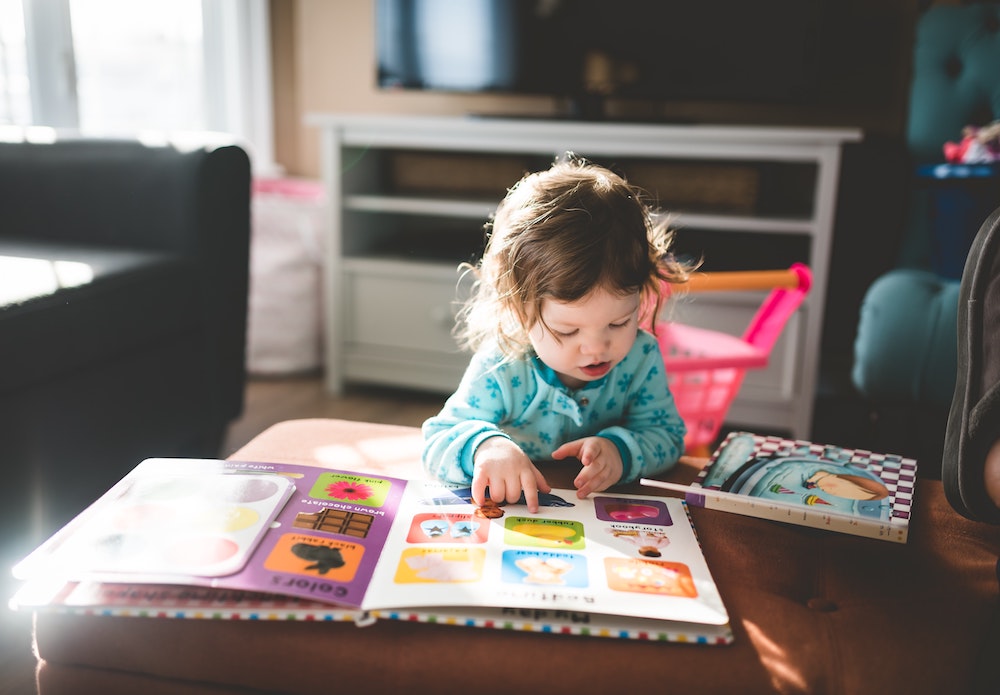As all preschools and schools close due to COVID-19, you may need to find other ways to keep your children occupied during this time. We’ve rounded up some of the many available resources for you to tap into to continue your child’s learning journey.
Latest Advisory on COVID-19
As of 3 April 2020, the Prime Minister has announced that all workplaces, except for essential services like food establishments, supermarkets and clinics will be closed. Additionally, schools, including preschools, will also be closed, except for parents who are unable to find alternative arrangements for their children during this time.
Quick Tips for Homeschooling Your Children
Firstly, it may be helpful to set a daily schedule for the various activities, so your child knows what to expect. Secondly, focus on play-centred or hands-on tasks; these help your child learn more effectively. Next, continually read to your preschooler, whether it’s kid-friendly stories or whatever piques their interests.
Learning Mother Tongue

Get them interested in a second language, whether it’s Malay, Mandarin or other languages. Start by teaching them the names of common household objects. For example, during mealtimes, you can point out the various dishes and cutlery and give them the names in Mandarin or Malay. Not only will this be helpful to broaden their vocabulary, it will equip them with the necessary vocabulary to order their food in the future.
After meals, get them to recreate what they’ve just eaten by drawing these out, where they can also learn to write the names of the dishes and cutlery in the mother tongue. When doing simple tasks, teach them vocabulary words like “fold”, “stack” or “sort” in the language so they can remember these better. Using picture books, introduce written vocabulary, let them predict or act out the story.
Bilingual books for kids: Owl Readers’ Club, Mandarin Sensory Cards at Flip for Joy, Our Book Box, Right to Learn and Open Schoolbag.
Reading and Writing
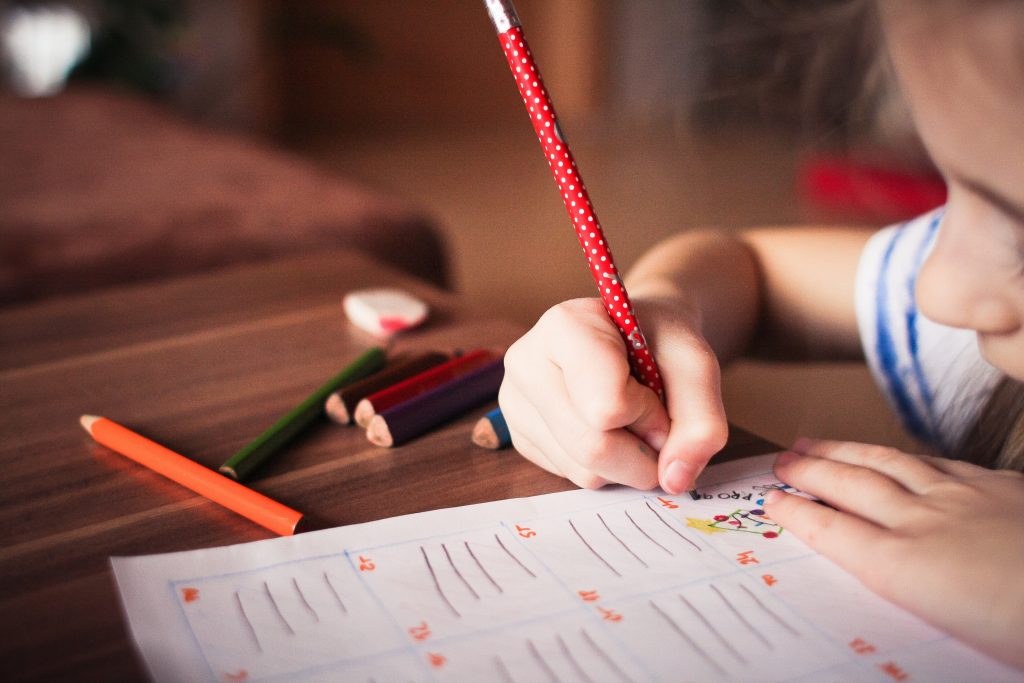
Other essential skills children are how to read and write. Get your kids started on learning how to pronounce the various letters with Kizphonics, which features games, PowerPoint presentations, worksheets, and apps. For free learning resources, you could watch YouTube videos, with songs that children can sing along to aid their memory. An example could be Phonics Song 2. Free printable worksheets for phonics are available at Free Phonics Worksheets and Education.com. Alternatively, children can draw, trace the words and learn on this reusable playmat from Melissa & Doug that illustrates both vowels and consonants.
Some ways of getting children interested in writing are using different textures, and having them practice writing their name. Vary the textures by using salt or rainbow trays or squish gel packs, and they can use a variety of different tools like their fingers, ice cream sticks and q-tips. Furthermore, let them write or draw on a range of different surfaces, such as white boards, scrap wood (sand it down first), cardboard, or even all over the walls using washable markers from Crayola or BusyMat.
Creative Fun
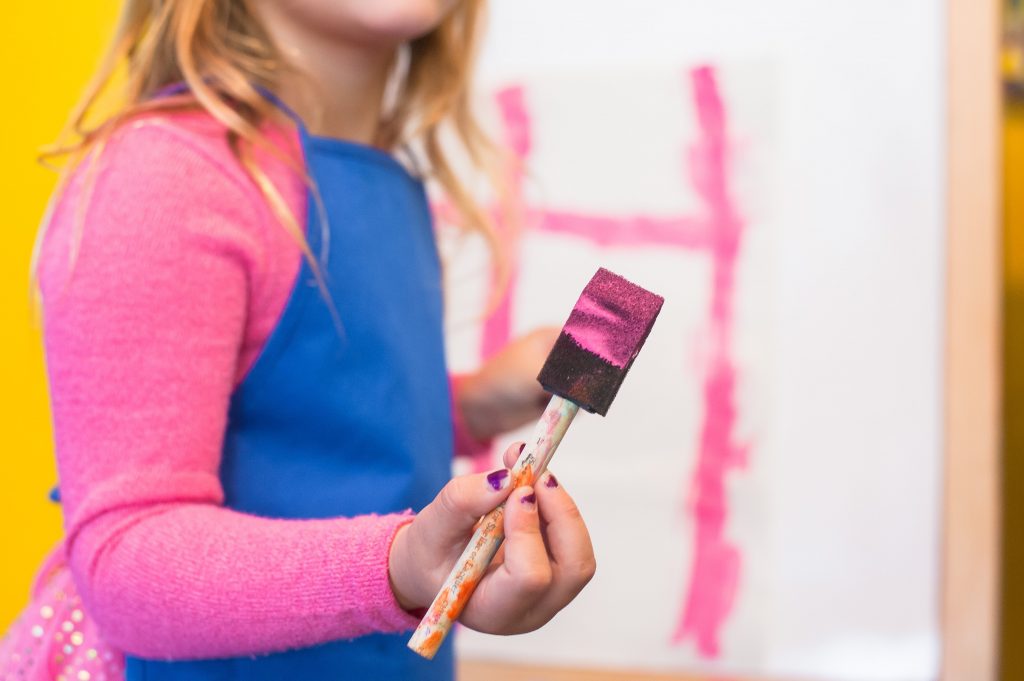
If your little ones are getting restless, engage their creative minds to make things. In the pocket-sized Usborne – 50 Things to Make & Do, they can create printed butterflies, mouse finger puppets, scenes from wax resist techniques. Each page has comprehensive step-by-step instructions, with pictures of the completed project. Of course, they can always colour and decorate accessories.
Other activities include melting different coloured ice cubes to blend colours together, painting with string, or copying a masterpiece. Vary textures and let them create dough masterpieces with the food-safe Green Toys Dough. You could also have a painting day for the whole family, and let everyone create a masterpiece of varying skills.
Physical Education
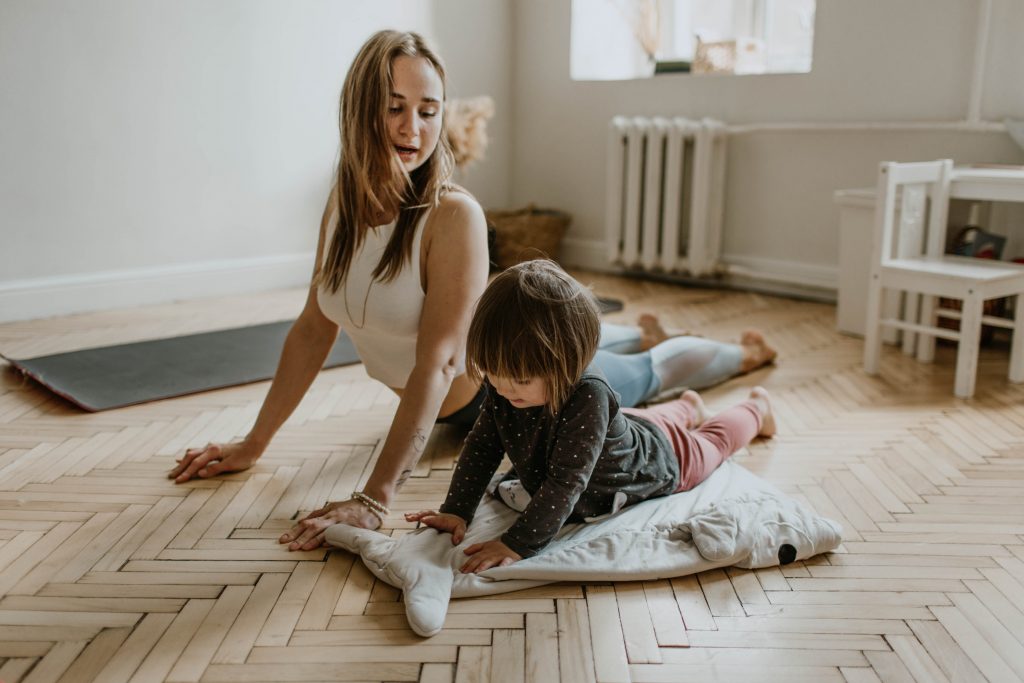
Your little ones definitely need an outlet for all their pent-up energy from being cooped up at home. What Mums Love has an exhaustive list of indoor activities your children will adore – better yet, it challenges your child’s motor, cognitive and problems-solving skills all at the same time. These activities range from obstacle courses, indoor soccer, hopscotch, to playing with balloons and can be set up using items you already have at home.
Included in this list are kid-friendly YouTube channels like GoNoodle, Whip/Nae Nae Elementary Cardio Workout and Just Dance Kids. Another way is to teach them how to jump rope, and if you’re so inclined, you could teach them the classic Zero Point to relive your own childhood.
Additionally, create your own mini beach experience with kinetic sand that you can get the kids to help with. Add an inflatable pool (or use your bathtub), some beach toys and enjoy an afternoon of indoor beach fun!
Mathematics
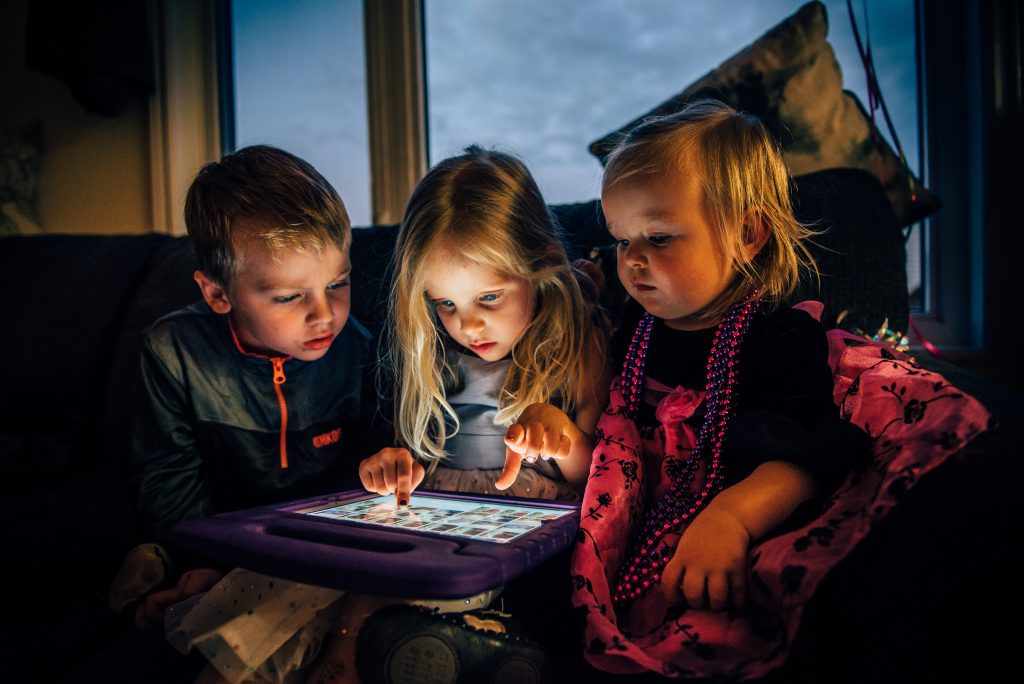
At preschool level, children should be able to count, add and subtract simple numbers, and learn to be able to sort by colour and size among other skills. Let them develop their numeracy skills with these free printables from Teaching Mama, or try these fun Maths activities.
Otherwise, another great resource are these educational apps – some may require a small payment though. Of course, play acting at home may also help them learn quicker – easily turn a bookshelf into a grocery store, so your children can “shop” from home, and learn how to count, add and pay with money.
Resources for kids: Motherswork has a collection of books and other resources focusing on basic Mathematics skills so your little ones can learn in a fun and engaging way.
Science
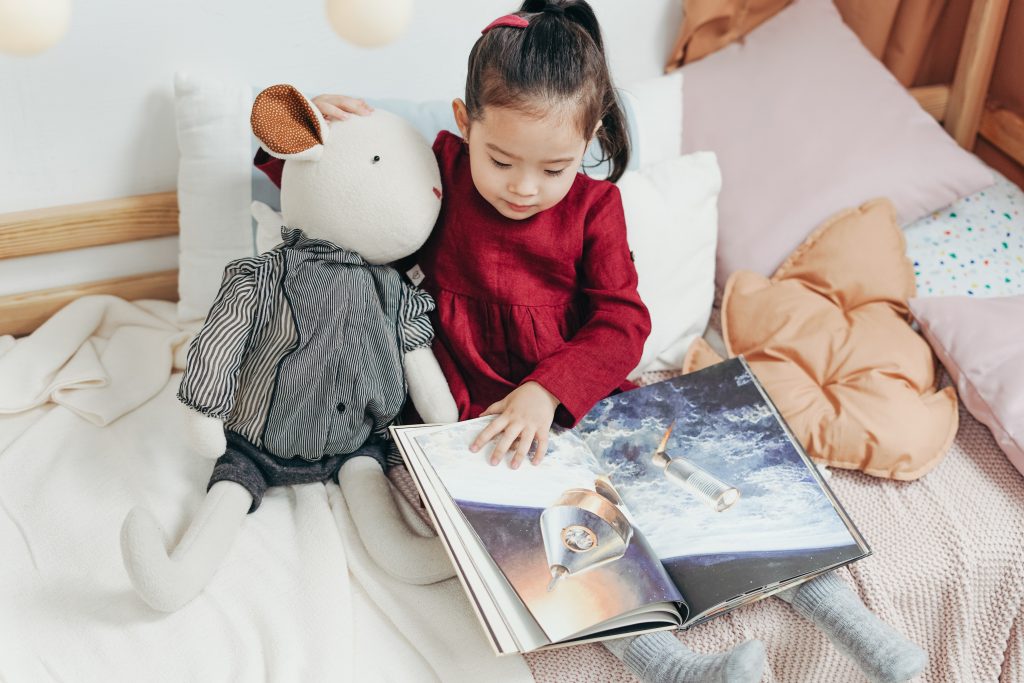
Teach your children some basic Science concepts by doing fun experiments. These might include creating their own volcano, complete with lava, or a few that require just two ingredients. Get food dye to make the experiment super colourful and more interesting. Hence, they can learn the principle behind the reaction, for instance the “lava” is created because an acid reacts with a base (vinegar with baking soda), producing carbon dioxide which “blows” bubbles into the soap for a foamy reaction.
Another resource to check out is PBS Learning Media. Other ways to develop their cognitive and problem-solving skills are with puzzles like the Sleeping Beauty and Little Red Riding Hood ones by Smart Games. Alternatively, let them build their own flying contraptions or discover physics concepts with these STEM learning sets.
Other great online resources for kids include:
Activity Village
All Kids Network
Endless Numbers – iOS, Google
Endless Readers – iOS, Google
Fish School and Pet Bingo by Duck Duck Moose
Fun Brain Jr.
PBS Kids Games
Phonics Ninja
Sesame Street
Toca Kitchen Monsters
Todo Math
Related Reads: Pregnancy during Covid-19, House Bound Activities, and Covid-19.
This article originally appeared on Motherswork.



